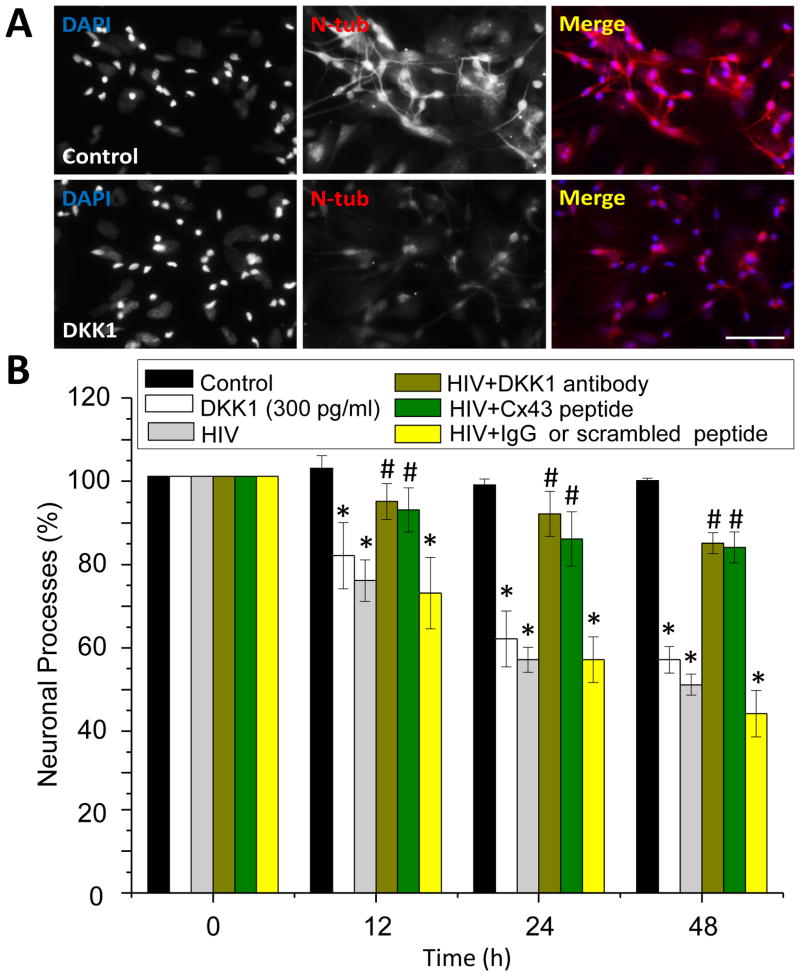Figure 6. DKK1 is critical for the HIV-induced collapse of neuronal.
(A) Examples of neuronal processes in control conditions (control) and after 24 h of DKK1 (300 ng/ml) treatment as analyzed by confocal microscope and imaging software. Neuronal cultures were stained for neuronal specific beta III tubulin (N-tub, red staining) and DAPI to identify nuclei (DAPI). Note that that the treatment of neuronal cultures with DKK1 (300 ng/ml, the same concentration released in response to HIV infection) reduced the length and numbers of neuronal processes. Bar: 300 μm. (B) Quantification of the length of the neuronal processes in control and DKK1 treated conditions using an imaging program. DKK1 decreased significantly in 40% the number neuronal processes (white bars) as compared to control conditions (black bars), without altering the total number of neurons during the time course analyzed (data not shown). Similar results were found using 500 pg/ml of DKK1 (data not shown). HIV infection of these mixed cultures of neurons and astrocytes resulted in similar decay in neuronal processes as compared to DKK1 treatment (gray bars). Preincubation of cultures with a neutralizing antibody to DKK1 (DKK1 antibody) or gap26 (Cx43 HC mimetic peptide, Cx43 peptide), abolished the damage induced by HIV infection, indicating that DKK1 and opening of Cx43 HCs is essential to trigger neuronal damage. The use of IgG control or scrambled peptide did not alter the time course of neuronal damage observed by HIV infection. *p<0.007 as compared to control untreated/uninfected conditions, #p<0.005 as compared to HIV infection alone, n=5.

